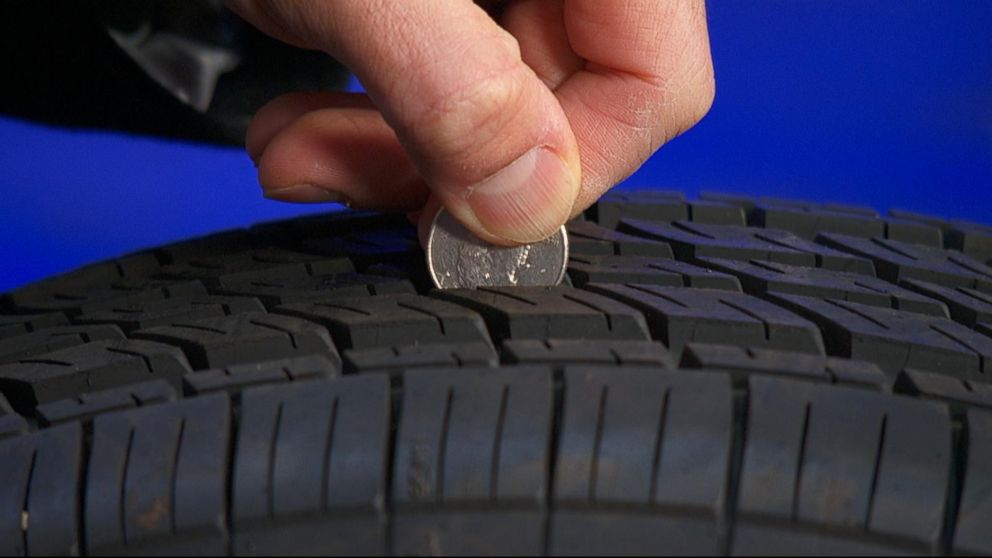Modern tire technology blends a unique mix of chemistry, physics and engineering to give consumers a high degree of comfort, performance, efficiency, reliability and safety. Many tires are custom-designed to meet the stresses and performance needs specified by the maker of a particular model vehicle.
Every tire is carefully inspected, and random samples are pulled for additional safety tests. As part of these tests, tires are x-rayed, cut apart and examined, run on test wheels, or road-tested to evaluate handling, mileage and traction performance. If properly cared for, tires can last a long time – usually from 40,000 to 80,000 miles, depending on the application.
As many as two hundred different raw materials combine into a unique mix of chemistry, physics and engineering to give consumers the highest degree of comfort, performance, efficiency, reliability and safety modern technology and creativity can provide. Here are the basic steps:
Planning and Design
Many tires are custom-designed to meet the stresses and performance needs specified by the maker of a particular model vehicle. The process begins with a computer, which converts the mathematics of the car’s special needs into specifications. A prototype tire is then made to test the tire design’s ability to provide the desired characteristics. Custom-designing a tire for a particular vehicle typically takes many months of testing, inspection, and quality checks by the tire maker and the vehicle maker. Only then does the vehicle maker commit with an order.
Manufacturing
The production process begins with the selection of several types of rubber along with special oils, carbon black, pigments, antioxidants, silica, and other additives that will combine to provide the exact characteristics wanted. Separate compounds are used for different parts of the tire. A machine called a banbury mixer combines the various raw materials for each compound into a homogenized batch of black material with the consistency of gum. The mixing process is computer-controlled to assure uniformity. The compounded materials are then sent to machines for further processing into the sidewalls, treads or other parts of the tire.
The compounded materials are then sent to machines for further processing into the sidewalls, treads or other parts of the tire.
Then the task of assembling the tire begins. The first component to go on the tire building machine is the innerliner, a special rubber that is resistant to air and moisture penetration and takes the place of an inner tube. Next come the body plies and belts, which are often made from polyester and steel. Plies and belts give the tire strength while also providing flexibility. The belts are cut to the precise angle and size the tire engineer specifies to provide the desired ride and handling characteristics. Bronze-coated strands of steel wire, fashioned into two hoops, are implanted into the sidewall of the tires to form the bead, which assures an airtight fit with the rim of the wheel. The tread and sidewalls are put into position over the belt and body plies, and then all the parts are pressed firmly together. The end result is called a “green” or uncured tire.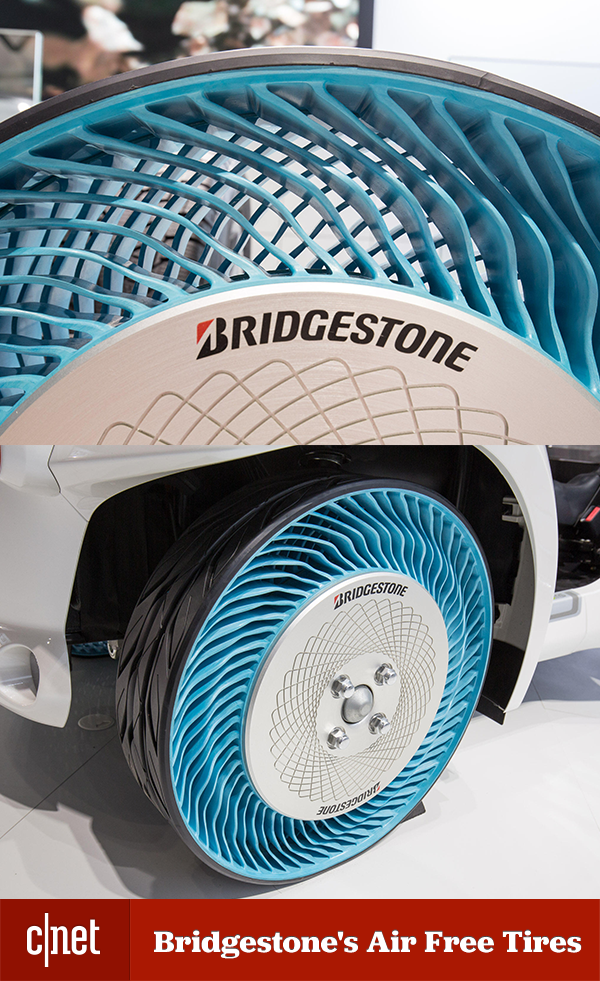
The last step is to cure the tire. The “green” tire is placed inside a mold and inflated to press it against the mold, forming the tread and the tire identification information on the sidewall. Then it is heated at more than 300 degrees Fahrenheit for twelve to fifteen minutes, vulcanizing it to bond the components and to cure the rubber. (FACT: This twelve to fifteen minute curing process is for passenger and light truck tires only, off-road and large tires may take up at a day to cure because of their size!) Every tire is then inspected, and sample tires are randomly taken from the line and tested. Some are x-rayed, some are cut apart to look for flaws, others are run on test wheels, or road-tested to evaluate handling, mileage and traction performance.
Tyres are made through a five-point manufacturing process. The core ingredients of the tyre are blended and milled into the basic structure of the tyre. The tyre is then built from the inside out and then cured to form its final shape. Finally, the tyre is inspected for imperfections to ensure it meets strict manufacturing standards.
The core ingredients of the tyre are blended and milled into the basic structure of the tyre. The tyre is then built from the inside out and then cured to form its final shape. Finally, the tyre is inspected for imperfections to ensure it meets strict manufacturing standards.
Blend
Up to 30 different kinds of rubber, fillers and other ingredients are used in your tyre’s rubber. The ingredients are mixed in giant blenders to create a black, gummy compound that will be sent on for milling.
Mill
The cooled rubber is cut into strips that will form the basic structure of the tyre itself. At the milling stage, other elements of the tyre are prepared, some of which are then coated in another type of rubber.
Build
It’s now time to make the tyre – from the inside out. The textile elements, steel belts, beads, ply, tread, and other components are assembled on a tyre-building machine. The result is a ‘green tyre’ – a tyre that is starting to take the shape of the finished product.
Cure
The green tyre is then vulcanised with hot moulds in a curing press, compressing all of the parts of the tyre together and giving the tyre its final shape, including its tread pattern and manufacturer’s sidewall markings.
Inspect
Trained inspectors using special machinery will now carefully check each tyre meets strict manufacturing standards before it can be shipped for sale. In addition to that, a selection of tyres is pulled from the line for x-raying. Our quality control engineers also randomly select tyres off the line and cut them open to ensure they meet Dunlop standards.
Tyres are made from up to 30 different kinds of rubber, antioxidants, textile elements, steel belts, beads and other components.
Rubber
Natural and synthetic rubber combine to make up the core component of your tyre. The properties of rubber provide slip resistance and elasticity which are both very important for tyre production.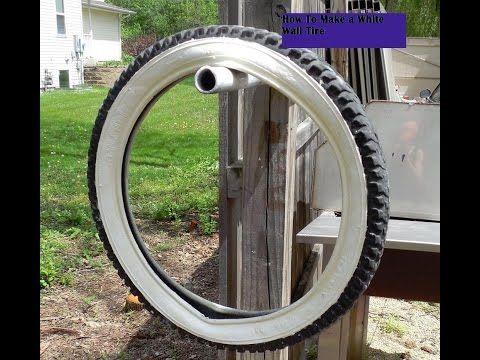
Antioxidants
To help prevent the tyre from the effects of oxygen exposure, antioxidants are included in the core ingredients.
Textiles
Fabric is used to reinforce the tyre and increase its strength. Various materials such as rayon, nylon and polyester can be used to form the plies that make up your tyre’s skeleton. By using fabric, you can enhance a tyre’s elasticity.
Steel
Steel is used to form the tyre’s belts and beads which help to stiffen up the tyre and help to lock the tyre to the wheel.
Every car tyre has different component parts that work together to create a high-performance tyre.
Ply
The plies are the layers of fabric that make up your tyre’s skeleton and are typically made of fibre cords that are woven together and coated with rubber. These allow your tyre to be flexible but not elastic. A layer called the carcass ply placed directly above the inner liner gives your tyre its strength.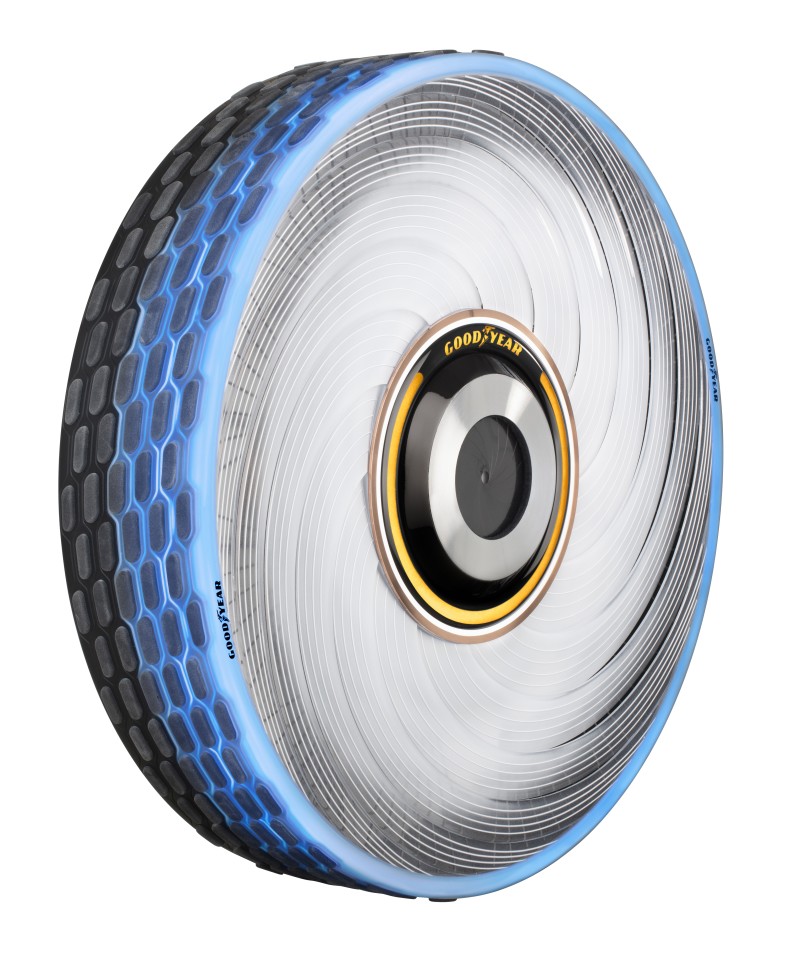
Beads
The beads are made from high-strength steel coated in rubber and create an airtight seal between your tyre and the rim of the wheel.
Belt
Steel belts are placed around the tyre to reinforce strength and provide rigidity. These are made of woven sheets of steel wires that are coated in rubber. Sometimes Kevlar cord is also added for extra strength, puncture resistance, and durability.
Sidewall
This is the area of extra-thick rubber that runs from the bead to the tread and gives your tyre its lateral stability. It’s also where you’ll find all of the manufacturer information about your tyre.
Shoulder
Your tyre has a small, bevelled edge where the tread meets the sidewall. Its design and construction play an important role in how your tyre helps you take corners.
Tread
This is the soft area of your tyre where the rubber meets the road. The tread provides both cushioning and grip, and its design and compound determine many of your tyre’s most important performance features.
Sipe and groove
The tread blocks are separated by the deep grooves that allow your tyre to disperse water, snow and mud. Sipes are the smaller grooves or cuts made in the tread blocks themselves that give extra grip, which is especially important in a tyre made for snow and ice.
Many car owners have a general idea about the structure of car tires, but few can tell you how tires are made. The most common idea is that rubber is poured into a certain form, from which the finished product is then pressed out.
In fact, this is not the case, and the manufacture of car tires is a complex high-tech process that requires complex specialized equipment, careful automated control and the participation of highly qualified specialists. 9Ol000 Created back in 1846 by Robert William Thomson. At that time, no one was interested in his invention, and they returned to the idea of a pneumatic tire only 40 years later, when in 1887 the Scotsman John Dunlop came up with the idea of making hoops from a watering hose, putting them on his son’s bicycle wheels and pumping them with air.
Three years later, Charles Kingston Welch proposed to separate the tube and tire, insert wire rings into the edges of the tire and put them on the rim, which then received a recess to the center. At the same time, rational methods for mounting and dismounting tires were proposed, which made it possible to use rubber tires on cars.
The main material used in the production of tires is rubber, made from natural or artificial rubber. Depending on the proportions and what kind of rubber is added, summer or winter car tires are ultimately obtained.
For example, mainly artificial rubber is added to the rubber compound for summer tires, so the rubber turns out to be more rigid, resistant to wear, it does not “float” at high temperatures and provides reliable grip with the roadway. To make winter tires, natural rubber is added, which makes the rubber softer and more elastic. Thanks to this, winter tires do not “tan” even in very severe frosts.
Thanks to this, winter tires do not “tan” even in very severe frosts.
The cord of the future tire is made of metal, textile or polymer threads on a special machine - "creel". From many coils of wire, the threads converge in one place. In general terms, the design resembles a loom. Next, the woven cord enters the extruder, where it is rubberized.
The finished carcass is subsequently cut into strips of different widths to produce tires of different sizes. And it is wound into coils for storage and transportation. Since unvulcanized rubber is very sticky, spacers are inserted between the layers to prevent damage to the carcass.
The next step in production is the creation of the protector.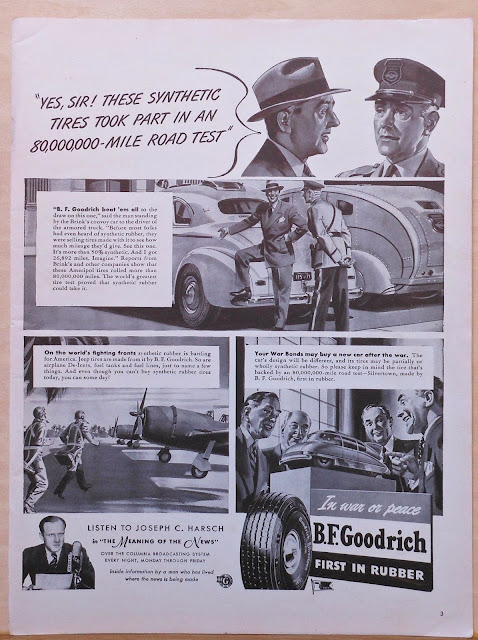 The rubberized cord tape is threaded into a machine that extrudes it into a tread. So that workers can visually quickly determine the dimension of the future tire, colored lines are made on the tread with paint.
The rubberized cord tape is threaded into a machine that extrudes it into a tread. So that workers can visually quickly determine the dimension of the future tire, colored lines are made on the tread with paint.
The tire bead consists of a bead ring and a layer of viscous airtight rubber. The production of tire beads begins with the fact that the metal wire is rubberized, after which it is twisted to the required radius of the rim and cut into circles. After that, assembly is carried out on the machine. More details about this process can be seen on the video.
The penultimate stage is the assembly of the finished tire. It is carried out on the machine, which receives all the finished elements. The machine is operated by two workers: an assembler and a reloader.
The first one hangs the bead rings and the second inserts the component spools. After that, the machine does everything automatically: it connects the parts together and inflates the workpiece with air under the tread with the breaker. The almost finished tire is weighed and inspected for defects. This process can also be seen on video.
The almost finished tire is weighed and inspected for defects. This process can also be seen on video.
The last step in production is vulcanization. The tire is processed with hot steam at a pressure of 15 bar and at a temperature of about 200 degrees Celsius. As a result, rubber, soot and various additives are sintered, and a tread pattern and inscriptions are applied to the surface of the tire using molds. Finished tires are checked for compliance with all required characteristics.
A photo tour of the famous Yaroslavl Tire Plant, one of the largest tire plants in the central region of Russia. A report from the shops where Cordiant tires for passenger cars are produced and tested.
I already knew that a tire is not a simple subject. It turned out that production is even more difficult than I imagined. And most importantly, I learned the secret of where the antennae come from on the new rubber and why they are needed!
1. A bit of history:
A bit of history:
Not many people know that tires were wooden or metal a long time ago (that's what they told me at the institute). The world's first rubber tire was made by Robert William Thomson in 1846, but the author of the pneumatic tire is considered to be the Scotsman John Dunlop, who in 1887 came up with the idea of putting wide hoops made from a hose for garden watering on the wheel of his 10-year-old son's tricycle and inflating their air. It was with bicycles that the era of pneumatic tires began.
2. The main materials for the production of tires are rubber, which is made from natural and synthetic rubbers and cord.
Tire production begins with the preparation of rubber compounds, which can include up to 10 chemicals ranging from sulfur and carbon to rubber. Various blanks for the future tire are made from mixtures on special machines by extrusion.
3. So, for example, the future cord looks like on the conveyor.
4. On the rejected section of the workpiece, you can see the "skeleton of the tire" - the frame, which is made of high-strength steel cord. Many narrow-minded car owners believe that it is time to throw out the tire only when it is worn down to the cord.
On the rejected section of the workpiece, you can see the "skeleton of the tire" - the frame, which is made of high-strength steel cord. Many narrow-minded car owners believe that it is time to throw out the tire only when it is worn down to the cord.
5. Machines produce components for assembly. The extrusion process for most products is similar, and the components look pretty much the same - a long rubber band comes out of the machine.
6. Rubber is very sticky before curing, so the material is wound into bobbins with a protective layer on each turn.
7. All components are sorted by tire size, a barcode is glued to each reel so that you can understand at any time what type of tire the material is made for.
8. Machines with giant spools make bead rings. The bead ring is an important element of the tire, which is made from many turns of rubberized bead wire. This is an inextensible, rigid part of the tire, with the help of which it is fixed on the rim of the disk.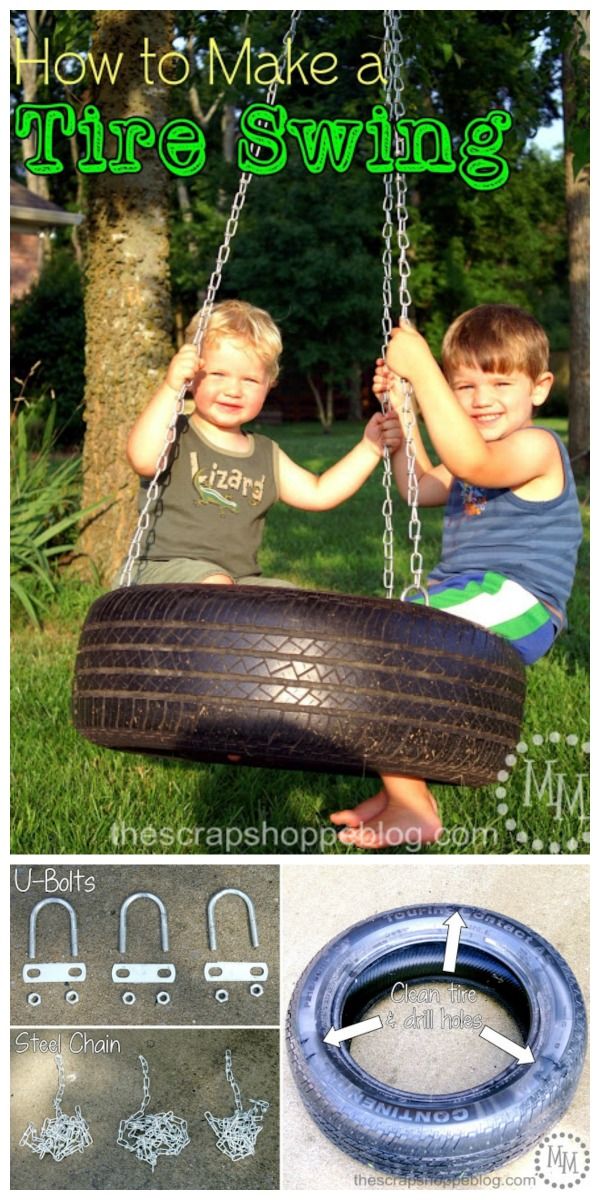
9. Many, many threads are woven into rows, which are then rubberized.
10. This machine rounds the rubberized wire into a ring to fit the desired disc seat size. On the left in the frame are ribbons of wire, on the right are finished rings.
11. Finished bead rings.
12. On assembly machines, all parts of the tire are connected into a single whole. The necessary components are loaded from the reels onto the conveyor belts.
13. This is what the tread blank looks like. Before vulcanization, it is just a thick strip of rubber with no tread pattern. Colored lines are a special coding so that you can quickly and clearly understand what the radius of the tire is, the width and height of the profile, etc. (a kind of tire barcode).
14. The spool with the blank is unwound, the component goes to the conveyor, and the protective layer (brown tape so that the material does not stick together) is wound on another spool.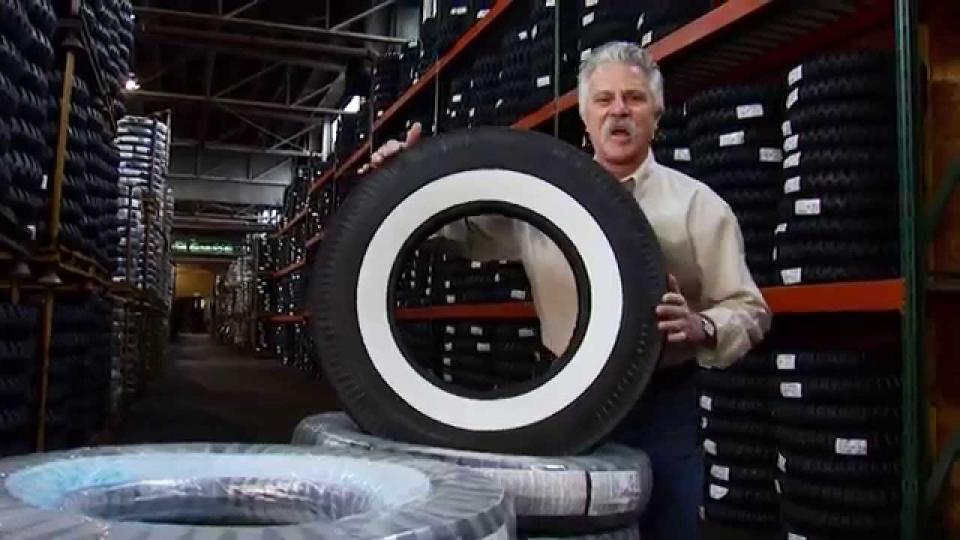
15. Then the stage "Glory to the robots!" begins. Everything happens very quickly and it is far from immediately possible to figure out what's what. Layers from different conveyor belts are sequentially superimposed on the assembly drum.
Enlarge image
16. Then a big robot arrives and deftly inflates the workpiece with air, crushes, compresses and wraps something and a semi-finished tire is obtained.
Enlarge image
17. The blanks are sent to the vulcanization shop along the conveyor lines.
18.
19. Here the tire is thermally treated with hot steam under high pressure. Rubber, carbon black and additives are “sintered” into a single whole, and the tread pattern, inscriptions and other technical profiles are applied to the outer and inner surfaces of the tire using molds.
20. In the workshop there are a number of vulcanizing machines with molds for different types of tires.
21. On the left is the vulcanization process, and on the right is an empty chamber with a diaphragm that inflates the tire under high pressure.
22. Workpiece in chamber, molds visible from above. Under pressure, a relief pattern is drawn along the sidewalls and the tread. A chemical reaction (vulcanization) takes place, which gives the rubber elasticity and strength.
23. This is what the disassembled mold looks like. Over time, the mold becomes dirty from high temperature and pressure and must be cleaned.
24. First of all, the air outlet channels are clogged during vulcanization. It is because of these channels that those mysterious "antennae" are formed on new tires.
25. Side molds.
26. Workshop where dirty molds are cleaned.
27. Historical background:
In June 1943, as a result of a German air raid, the plant was completely destroyed. But already at the end of September, the consequences of the bombing were eliminated, the plant was restored.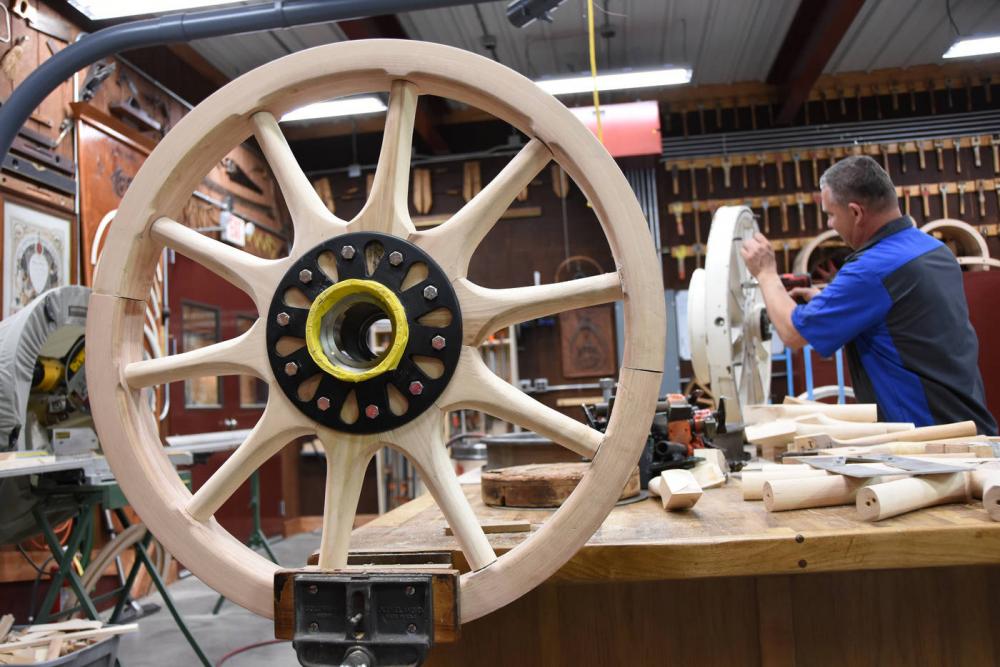
1950s For the first time in the USSR, the plant began to produce tubeless tires: for Pobeda, Volga, ZIM passenger cars.
Late 50s. The country was going through a "tire crisis", the demurrage of vehicles increased due to a shortage of tires.
1966 100 millionth tire produced.
1969 YaShZ was the first domestic plant to be given the right to produce tires for the new Zhiguli passenger car.
28. The inside of the vulcanizing machines is insanely beautiful!
29. This is where the Terminator should have been filmed.
30.
31.
32. Finished tires enter the general conveyor and are sent for final tire quality control before being sent to consumers.
33.
34. Tires are visually inspected at the control.
35. Next, the robot is put into operation again, which will check the dynamic characteristics of each tire.
36. All new models must undergo bench and laboratory road tests in the factory experimental and testing center, which are carried out on special machines, where operating conditions are simulated, which are several times higher than road ones.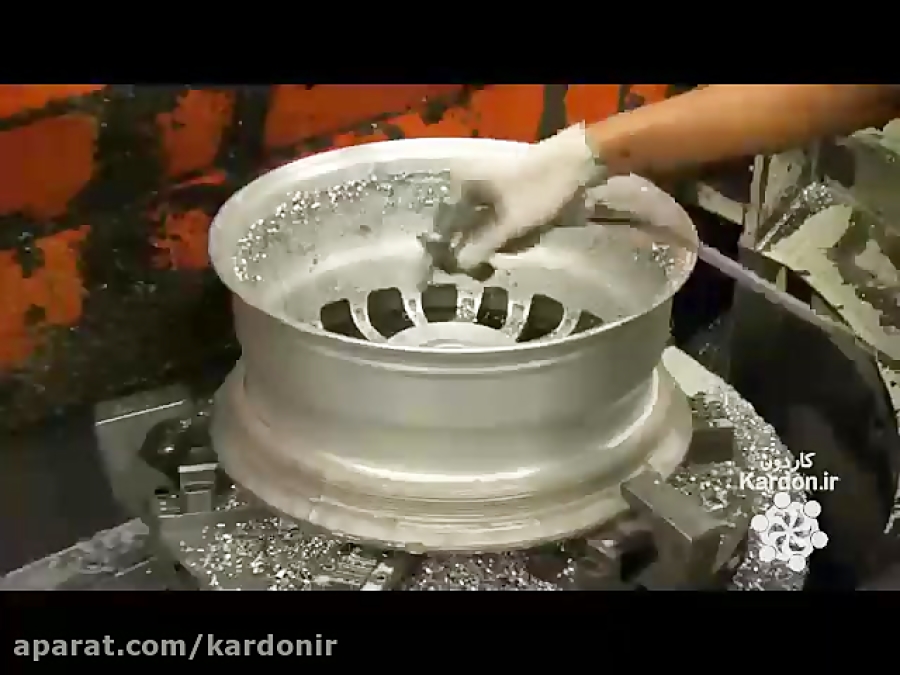
37. Wheels for all types of tires.
38. And this is how the stand for testing six tires at once looks like.
39. And these are aircraft tires. How they are made is a big secret! At the enterprises of SIBUR - Russian Tires, which produce tires of the Cordiant brand, not only products for a wide range of consumers are produced, but also special products, such as tires for the 5th generation fighter known as the T-50, or PAK-FA.
40. To look at the production of aircraft tires, you need to obtain permission from the FSB.
41. In this workshop stands are installed, where they simulate the speed and load on the wheel during takeoff and landing of the aircraft.
42.
43. This is how Cordiant tires are made.
“Modern assembly equipment is a fully automated production in which a person is assigned only a minimal role. Production automation reduces the influence of the human factor on the quality of tires, which leads to a significant improvement in the performance of the final product.